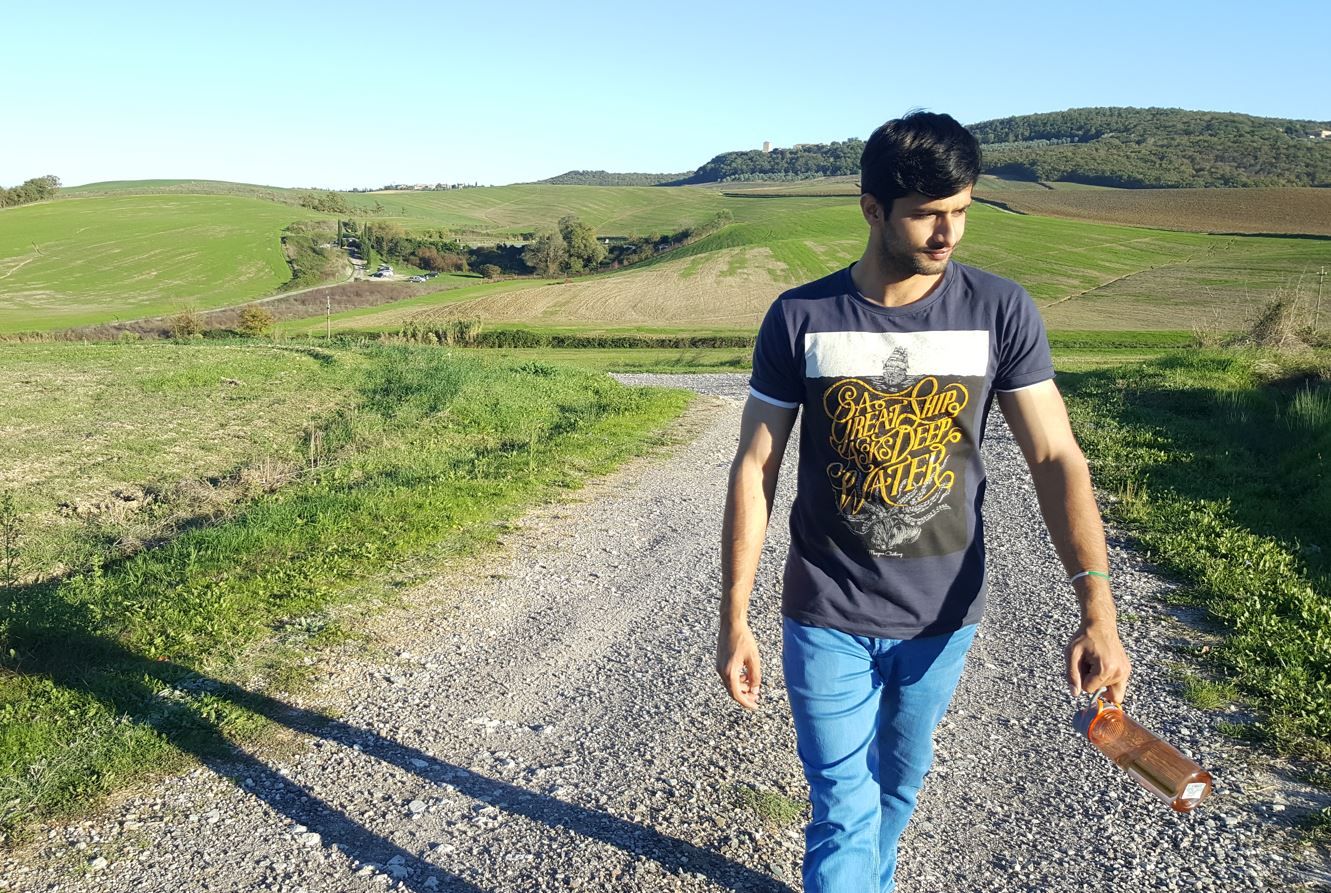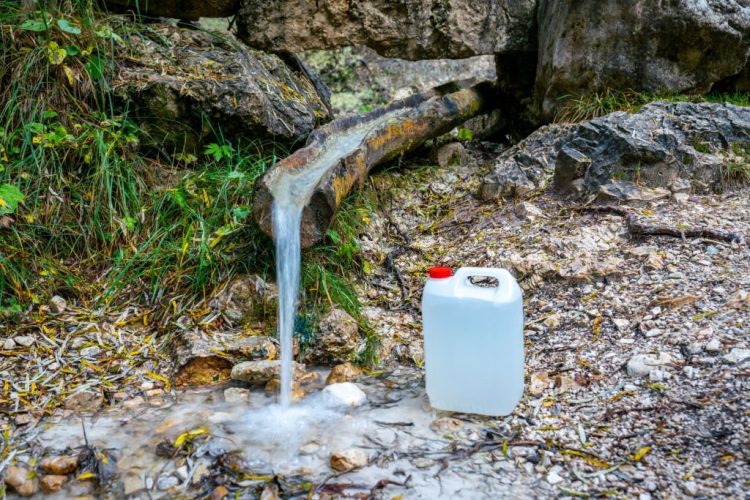So how much water you should carry with you on a camping trip is the question? It’s hard to figure this out on your own as you don’t know how much water would you consume on your trip. Also, carrying a surplus amount of water would create difficulties for you to carry it around in your backpack.
Water not only energizes our physical bodies but also purifies our spirits, reminding us of all life’s limitless beauty and interconnectivity. Let us appreciate and maintain this great gift as we marvel at immense seas, flowing rivers, and soft rainfall.
Because the essence of water is the essence of life itself, a priceless jewel that must be protected and conserved for future generations.
Camping, is a magical retreat into nature’s embrace, allowing us to reconnect with the Earth and renew our souls.
Water appears as a vital part in the middle of the pristine beauty of nature, ensuring the success and well-being of any camping experience.
The importance of water when camping is vast, from soothing our thirst to permitting culinary pleasures and giving basic cleanliness.
Water and Camping
Water is certainly the essence of life, and its significance grows on camping trips. Staying hydrated becomes critical when we leave the conveniences of city life behind and journey into the heart of nature.

Water revitalizes our weary bodies, renewing our energies, and reviving our spirits, whether we are hiking through lush trails or lazing by the campfire.
The glittering streams, tranquil lakes, and flowing rivers that wind their way through camping grounds provide not only nutrition but also a relaxing and soul-soothing presence, reminding us of the beauty of simplicity.
Aside from being necessary for human existence, water nourishes the colorful ecology that surrounds us on camping trips.
It feeds the plants and creatures that live in these natural preserves, nurturing a delicate balance that keeps life going.
Nature’s thirst is satiated by the flowing streams in the magnificent wilderness, a harmonic cycle that emphasizes our relationship with the earth.
We become stewards of the delicate balance that exists between people and the natural world as we immerse ourselves in this mesmerizing symphony of life.
Maintaining hygiene when camping is critical to our health. In its purest form, water becomes a loving ally that cleanses and rejuvenates us in the middle of the harsh outdoors.
Water offers a sense of regeneration that enriches our camping experiences, from washing our hands before meals to reviving ourselves after a day of adventure.
The sound of water trickling or the sensation of its cold embrace on our skin becomes a treasured ritual that links us to the ancient knowledge of nature’s caring power.
How Much Water Should You Bring for Camping?
Below is a table outlining approximate recommendations for how much water a person should carry on a camping trip in different environments.
But also keep in mind that individual water needs can vary based on different factors such as age, activity level, climate, and overall health.
According to the Harvard Health blog, most people need about four to six cups of water every day. But when you are out there camping, you lose a lot of energy as a result of physical activities. Therefore, it’s recommended to drink anywhere between 2 to 3 liters of water every day while you are on a camping trip.
So, adjust these estimates according to personal requirements and always prioritize hydration during outdoor activities.
| Environment | Temperature | Activity Level | Recommended Water Intake |
|---|---|---|---|
| Hot and Dry Desert | 90°F (32°C) + | Low to Moderate | 1 gallon (3.8 liters) |
| High | 2 gallons (7.6 liters) | ||
| Tropical Rainforest | 80°F (27°C) + | Low to Moderate | 1.5 gallons (5.7 liters) |
| High | 2.5 gallons (9.5 liters) | ||
| Alpine/Mountain | 50°F (10°C) + | Low to Moderate | 1.5 gallons (5.7 liters) |
| High | 2 gallons (7.6 liters) | ||
| Temperate Forest | 60°F (15°C) + | Low to Moderate | 1 gallon (3.8 liters) |
| High | 1.5 gallons (5.7 liters) | ||
| Coastal | 70°F (21°C) + | Low to Moderate | 1 gallon (3.8 liters) |
| High | 1.5 gallons (5.7 liters) |
Please note that these are general guidelines and not exact measurements. Factors such as sweat rate, altitude, humidity, and individual health can influence water needs.
Determining how much water to bring camping is an important factor that can have a considerable influence on the success and safety of the outdoor experience.
The optimum amount of water enables proper hydration, maintains energy levels, and supports cooking and hygiene needs when camping.
The amount of water required is influenced by several factors, including the duration of the camping trip, the climate and geography of the camping spot, individual physical activity levels, and the availability of natural water sources.
Understanding these issues and using sound water management methods are critical for a fun and safe camping trip.
Some points need to keep in knowledge such as:
1. Duration of the Camping Trip
The length of the camping trip is critical in selecting how much water to bring. A brief overnight camping excursion may require less water than a longer trek lasting many days.
For shorter journeys, campers can estimate their water requirements based on an average daily intake, taking into consideration physical activity levels and weather conditions.
Longer excursions, on the other hand, require a more planned strategy, such as regular replenishment sites or exploring other water sources, such as filtering and purifying natural water discovered along the way.
2. Climate and Terrain of the Camping Location
Water use is heavily influenced by the temperature and geography of the camping site. Campers in hot and dry areas may need extra water owing to increased sweat and the danger of dehydration.
High elevations can also contribute to increased water requirements as the body adjusts to lower oxygen levels.
In milder climes, water requirements may be decreased, but hydration is still necessary to sustain body processes and general well-being.
When camping in distant or rough terrains where access to natural water sources may be restricted or unclear, carrying enough water to maintain the camping group becomes even more vital.
3. Individual Physical Activity Levels
Campers’ water requirements are determined by their amount of physical activity throughout the camping trip. Hiking, hiking, and other rigorous outdoor activities need more water owing to increased exertion and perspiration.
Campers that want a more leisurely camping experience, on the other hand, may have reduced water requirements.
Understanding individual hydration needs is critical, and campers should calculate water requirements taking into account their personal health, age, and exercise levels.
4. Access to Natural Water Sources
Natural water sources, such as streams, rivers, and lakes, are readily available in particular camping areas.
Campers may collect and filter water as required, reducing the quantity of water they need to carry greatly. It is, nevertheless, critical to examine the dependability and safety of these water sources.
Some natural water sources may be polluted or influenced by external conditions, requiring adequate water treatment, filtration, or boiling to assure safe use.
Campers should also be mindful of the possibility of water shortages during dry seasons or periods of low rainfall, when natural water supplies may be less plentiful than expected.
Tips for Campers to Avoid Dehydration During Camping
Regardless of the camping site or duration, good water management methods are essential for a successful and safe camping trip. To maximize their water consumption, campers should examine the following suggestions:
Be aware of your own hydration needs and seek to drink water often throughout the day. Waiting until thirst comes in might be a warning indication of dehydration.
Estimate the amount of water required for preparing meals and washing utensils. Cooking methods that use less water, such as one-pot meals, can help you save water.
Plan for hygiene requirements, such as hand, face, and other body parts cleaning. Wet wipes or biodegradable soap might be helpful for personal hygiene while using little water.
To decrease plastic waste and enhance environmental sustainability, choose reusable water containers. Collapsible water bottles are very helpful for replenishing natural water sources.
Conclusion
Deciding how much water to bring camping is an important component of trip preparation that needs careful consideration of a variety of aspects.
The amount of water necessary is influenced by the duration of the camping trip, the climate and geography of the region, individual physical activity levels, and the availability of natural water sources.
Adopting sound water management methods, knowing individual hydration requirements, and being prepared for unforeseen events all contribute to a memorable and safe camping trip.
Campers may completely immerse themselves in the marvels of nature with enough water provisions and careful water consumption, knowing they have the life-sustaining elixir at their disposal.

Hi, I’m Masab Jamal, the founder and head editor of this blog. I love to spend most of my time in the wilderness. Apart from camping and outdoor life, I’m a full time blogger.

